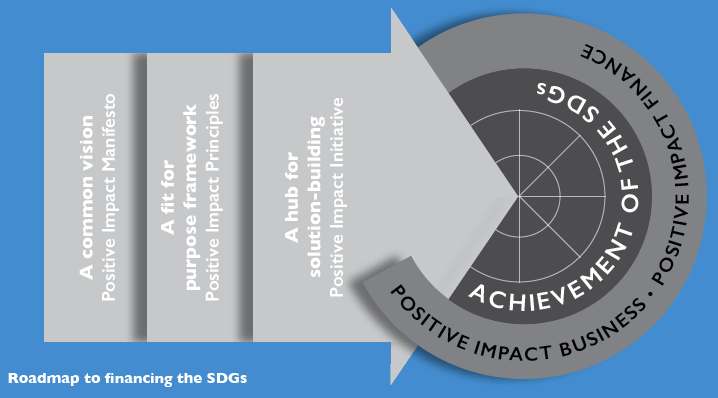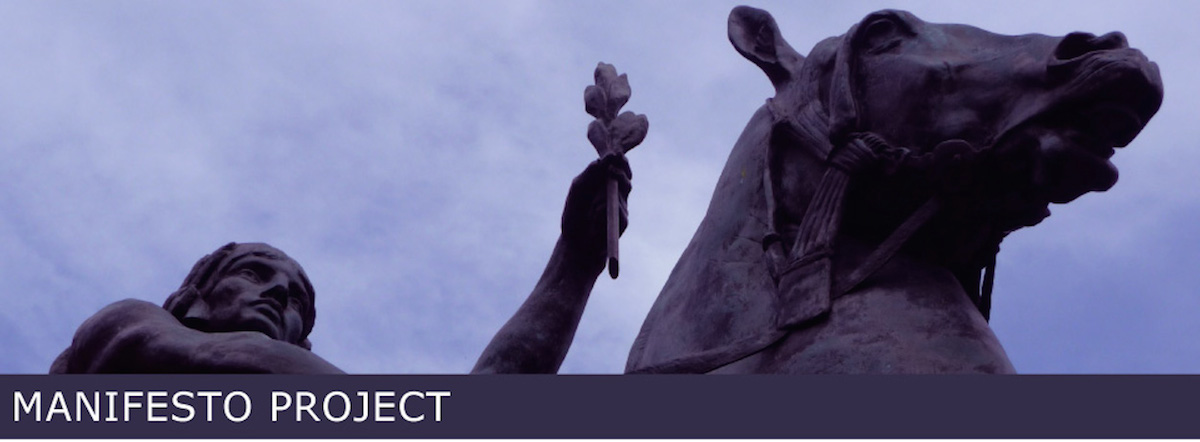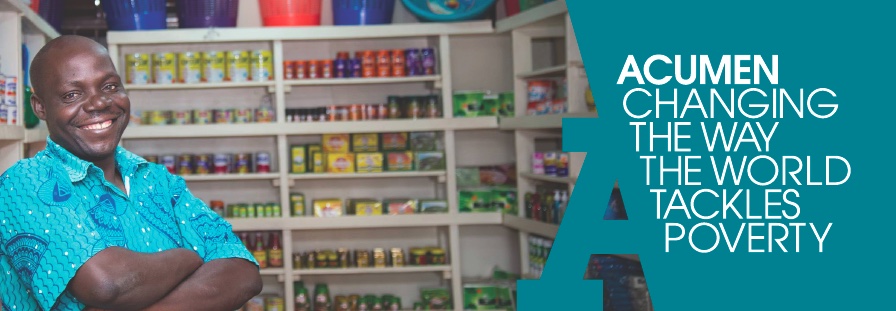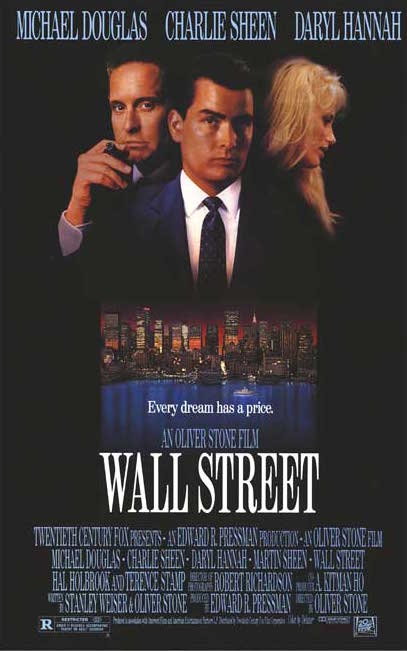Creator
The United Nations Environment Program Finance Initiatve (UNEP FI) is a partnership between UNEP and the global financial sector.
The Positive Impact Manifesto was initially released in October 2015 and updated in October 2016.
Purpose
In the wake of the 1992 Earth Summit, the Positive Impact Manifesto was created to promote sustainable finance.
Over 200 financial institutions, including banks, insurers and fund managers, work with UNEP to understand today’s environmental challenges, why they matter to finance, and how to actively participate in addressing them.

Manifesto
As the global population approaches nine billion people, today’s world is one of increasing needs, decreasing natural resources, and rapid technological change.
In September 2015, the UN General Assembly formally established 17 Sustainable Development Goals (SDGs) to be addressed by 2030, which effectively provide a common framework for public and private stakeholders to set their agendas and define their policies and strategies over the next 15 years.
$5-7 trillion a year until 2030 are needed to realise the SDGs worldwide, including investments into infrastructure, clean energy, water and sanitation and agriculture.
The greater part of the necessary financing and investment will need to stem from private finance.
Hindered by often unattractive risk and return profiles, to-date the amount of private finance mobilised for these purposes remains in marked contrast to the scale of the needs.
Yet for the SDGs to be met and to address the challenges they embody in due time, they must attract the trillions of USD of mainstream finance.
In short, the unmet needs must become the source of a profitable market.
Positive impact: a new approach to business and finance to achieve the SDGs
By seeking a holistic understanding of the environmental, social and economic needs around us, new business models can be developed that will deliver the impacts sought by the SDGs.
To address multiple and interrelated needs, these new business models will need to be cross-sectoral and sufficiently disruptive to dramatically reduce the cost of achieving the SDGs.
Such a holistic, impact-based approach is however not currently at the heart of the market, and is precisely the paradigm shift that is required.
To achieve the shift to an impact-based business and financing paradigm and ultimately the emergence of a vibrant SDG-serving market, a major challenge needs to be addressed, namely: the absence of a common language for the finance and private sector to understand and organize itself in relation to the 17 SDGs and their respective targets.
Positive Impact business and finance should be understood as that which serves to deliver a positive impact on one or more of the three pillars of sustainable development (economic, environmental and social), once any potential negative impacts to any of the pillars have been duly identified and mitigated.
Positive Impact Finance
Positive Impact Finance is that which serves to finance positive impact business.
It is that which serves to deliver a positive contribution to one or more of the three pillars of sustainable development (economic, environmental and social), once any potential negative impacts to any of the pillars have been duly identified and mitigated.
By virtue of this holistic appraisal of sustainability issues, Positive Impact Finance constitutes a direct response to the challenge of financing the SDGs.
Beyond a common definition, a common framework for the financing of the SDGs – the Principles for Positive Impact Finance – should be established to help the finance community to identify and assess positive impact activities, entities and projects – i.e. those able to make a positive contribution to the SDGs.
They also help a broader set of public and private stakeholders define and assess those financial instruments that serve such positive impact business.
Thus equipped, businesses, financial institutions and their counterparts in the public sector and broader civil society should start to form a positive impact community — the Positive Impact Initiative.
The Initiative should act as a hub for stakeholders to proactively and collaboratively work towards the development and implementation of new business models and financing approaches that will help address the SDG funding gap and realize the SDGs themselves.
Source
https://www.unepfi.org/publications/banking-publications/positive-impact-manifesto/
Comment
The power of a great manifesto is to present and highlight a need. It doesn’t always have to have the answer. It can simply be a call to action.
The Positive Impact Manifesto is a good example of this with these specific elements:
- The Goal: Fulfil the UN Sustainable Development Goals
- The General Problem: We need money
- The Specific Problem: The usual way we finance projects does not and will not work.
- The General Solution: We need a new way to think about and define finance for these projects.
- The Specific Solution: We need to think holistically.
- The Strategy: We need to create new business models.
The six steps provide a useful framework for mapping many complex issues that you might like to use in your organisational or social manifesto.
While you might not express your manifesto with all these steps, they can be used as a process to work from the goal and the problems through to solutions and strategy.
More
UN Sustainable Development Goals
Acumen Poverty Manifesto – adopting a similar approach by using innovative business models to deliver projects that resolve poverty



